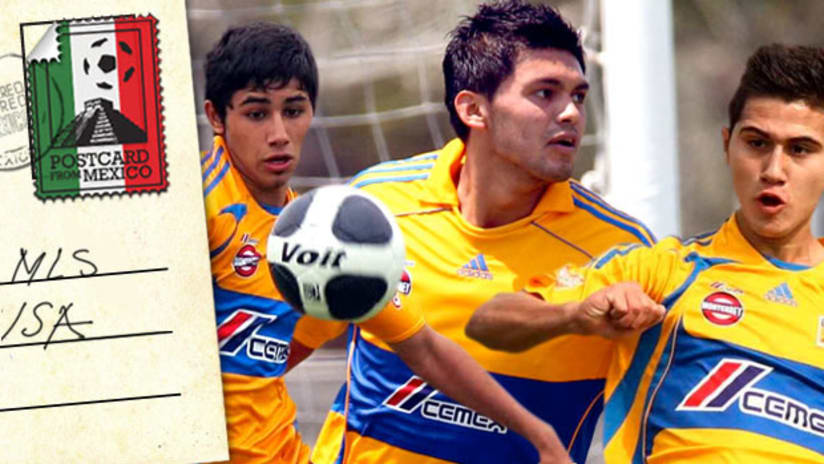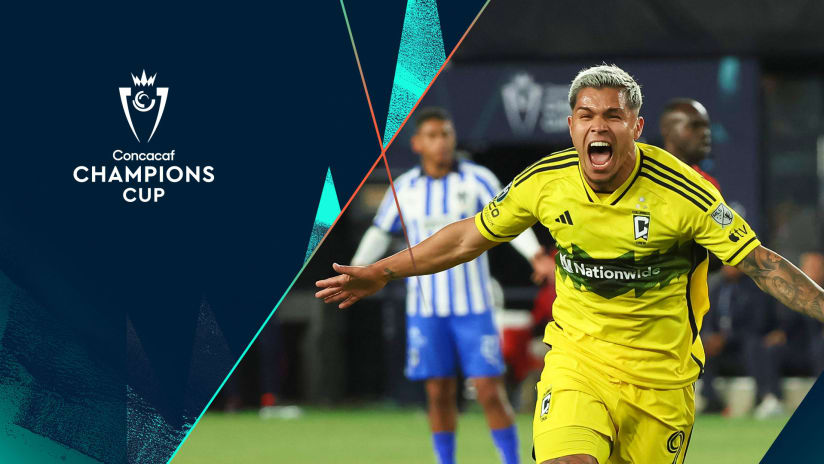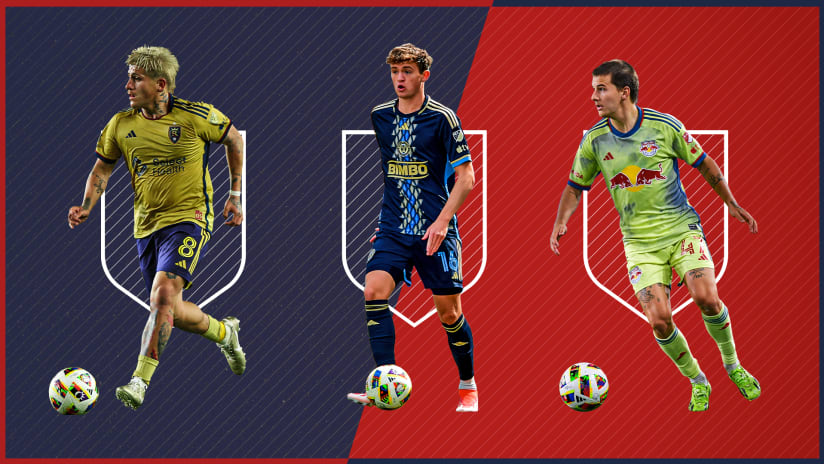GUADALAJARA, Mexico — Last month, Tigres UANL made a small ripple in the Mexican press when news broke that nine youth-team players had been selected to join the first-team squad for preseason training.
What few outlets pointed out was that five players out of the group — Moisés Orozco, Victor Garza, Juan Pablo Ocegueda, Uvaldo Luna and Daniel Navarro — are Americans.
The fact was not just random coincidence. Since taking over as director of youth development at Tigres in 2008, Dutchman Dennis te Kloese has cast the Monterrey team’s scouting net far and wide and particularly into the United States. The result is that the Tigres youth system is now an enclave for budding young American soccer players developing alongside Mexican talent.
Te Kloese witnessed the potential of Americans of Mexican descent first-hand during his time as director of soccer at Chivas USA and has incorporated his knowledge in his new role with the Mexican Primera División side. There are currently more than 10 American passport-holders in the Tigres youth setup with more set to join.
Scouting Tigres' Young Americans
<em>Tigres UANL director of youth development Dennis te Kloese gives MLSsoccer.com his rundown on the five American players who trained with the Tigres first team during preseason.</em> |
<p><strong>Moisés Orozco, F</strong><br><em>Oxnard, Calif.; age 19</em><br>
He’s technically very good and he moves smartly around the box. He’s a difficult player to stop, cool close to goal ... and he’s a good size player for our club. </p> |
<p><strong>Victor Garza, M</strong><br><em>McAllen, Texas; age 19</em><br>
A kid that can play on the left wing or the right wing. ... Very good technically and has a great eye for positioning. He’s considered one of our most talented players, to be honest.</p> |
<p><strong>Juan Pablo Ocegueda, D</strong><br><em>Riverside, Calif.; age 17</em><br>
Every good club is always looking for a left back. He’s starting at the moment for the U-18 team in the US. ... He’s technically very good for his size and for his speed.</p> |
<p><strong>Uvaldo Luna, M</strong><br><em>Houston; age 17</em><br>
A typical fast right winger. He has a pretty good cross. He’s been in the [US] U-18s once and maybe he’ll get another shot there sooner or later.</p> |
<p><strong>Daniel Navarro, D</strong><br><em>Berkeley, Calif., age 18</em><br>
He’s technically very good and very fast. We’re basically turning him from a right winger into a right back.</p> |
“Monterrey is an hour-and-a-half or two hours from the border and it’s probably one of the most Americanized cities in Mexico,” te Kloese explained to MLSsoccer.com by phone last week. “For kids from the US, it helps a little bit in their adaption. They feel more comfortable coming into a set-up like we have, where there [are] more than enough people who speak English.”
Tigres have affiliated clubs and training centers in the States designed to spot young talent early on. One non-Mexican-American example is that of striker Orr Barouch, who is currently on loan from Tigres with the Chicago Fire.
Te Kloese recognizes that American players can find it difficult to adapt but, even in the fiercely competitive world of capturing top talent, believes it is important to warn the youngsters in advance.
“We try to be as honest and transparent as possible with the kids and tell them that if they come here, they might have an opportunity to get to our first team, which is the main goal,” he explained. “We’ve had a few cases of kids that couldn’t adapt. It’s not very easy.”
Putting the adaption process to one side, it’s not difficult to see why Americans would be tempted South of the Border to the Tigres academy. The plush training complex provides live-in facilities for young players who train rigorously. It’s the equivalent of a residency program.
Te Kloese stresses that competition for places in the U-20 and U-17 teams is fierce and that the players are playing competitive fixtures every week.
“The big plus for the kids here is that they get a real soccer education,” he added.
The expectations of an American coming into the academy are higher than with a local youngster, admits te Kloese. So are the stakes.
“When someone comes from abroad into a system, they have to be better than what we have,” he said. “They have to be starters no matter what; otherwise for us there is no point investing in them.”
The policy seems to be paying dividends. With the American quintet having just spent preseason with the first team, Jonathan Bornstein may not be the only first-team squad member from the US in the near future. For te Kloese, it gives him a great deal satisfaction that the young Americans are doing so well.
“Obviously, to bring in Mexican-Americans, there is a little bit of a personal touch,” he said. “It’s very nice. It means that our scouting ideas are starting to show some results.”
Despite that, te Kloese is adamant that all the young players at Tigres are treated as equals, regardless of nationality or where they are from.
“They are basically seen as good soccer players, not as Americans or Mexican-Americans or Mexicans or whatever,” he stated. “They get judged on their quality and not on their double-citizenship.”
Which leads to the thorny issue of choosing a national team should federations come calling.
“In two cases, for Moisés Orozco and Victor Garza, they’ve had the issue of being scouted by Mexico and the US federation,” explained te Kloese. “They have to decide what is best for their future. In the end, we support their decision. It’s a very good step for these young guys to play international games either with Mexico or the US.”
The shining example for the Americans at Tigres is José Francisco Torres, who signed for Pachuca while still at high school in Texas and is now a regular for the first team and played for the US at last year’s World Cup.
Te Kloese believes the Americans at Tigres are on moving along a similar path.
“They deserve compliments about how they behave and how they have started to find their way as professional players,” the Dutchman said. “Little by little, they are getting closer to the first team.”
Tom Marshall can be reached at tom.marshall.mex@gmail.com or via Twitter: @mexicoworldcup












